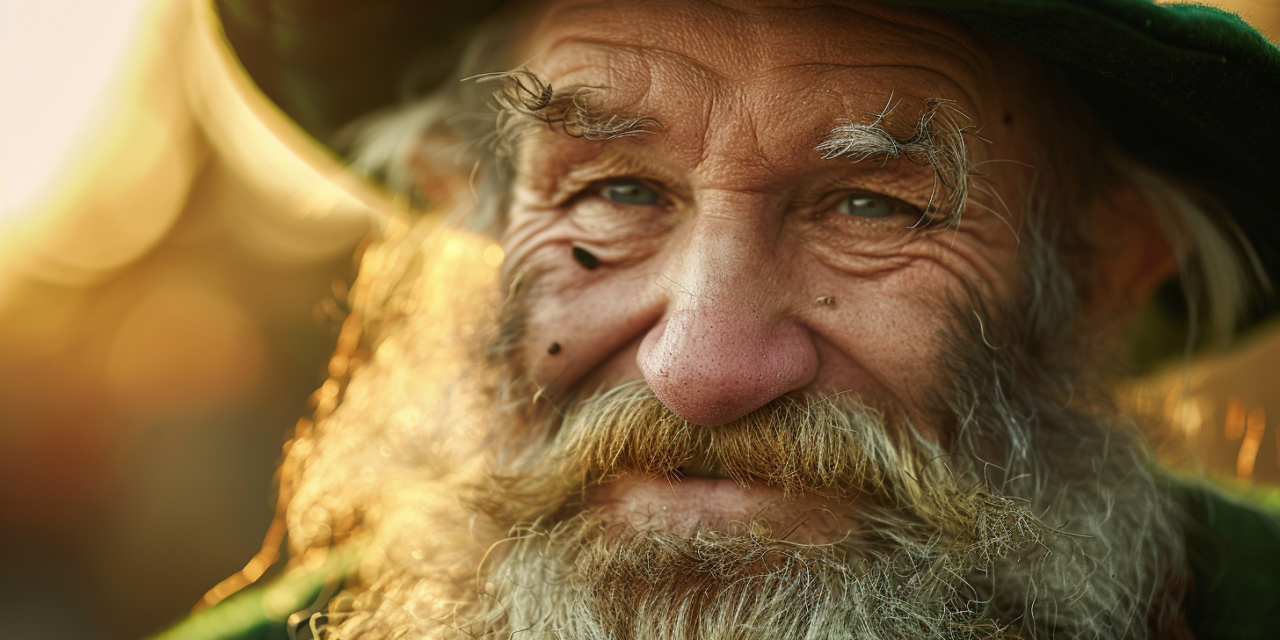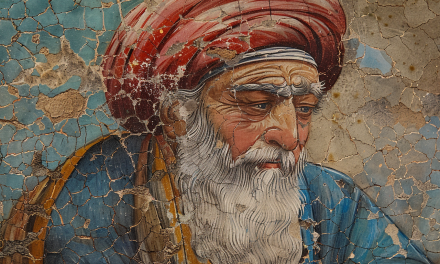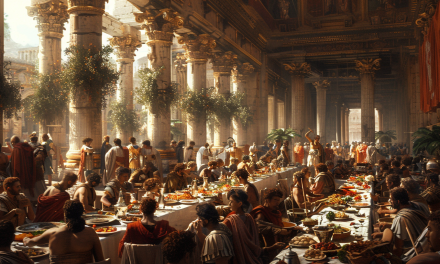March 17th is a day for wearing green, downing pints of Guinness, and celebrating Irish culture and heritage. But how much do you really know about the true origins and history of St. Patrick’s Day?
Despite its status as a beloved cultural holiday today, St. Patrick’s Day actually began as a religious feast day celebrating the life of St. Patrick, the foremost patron saint of Ireland. Born in the 4th century in Roman Britain, the man who would become St. Patrick was captured by Irish raiders and spent several years in captivity as a shepherd before later escaping back to Britain.
After becoming a cleric, Patrick returned to Ireland as a Christian missionary with the goal of converting the Irish to Christianity. Despite facing violence and imprisonment, Patrick is credited with effectively Christianizing Ireland through the establishment of churches, schools, and monasteries across the country over the course of his 30-year missionary work.
When St. Patrick died on March 17, 461 AD, this date was commemorated by the Catholic Church as the annual “Feast of St. Patrick.” For over a thousand years, this religious holiday was celebrated mostly just in Ireland with church services, feasting, and the lifting of Lenten restrictions on food and alcohol.
It wasn’t until the 1700s that St. Patrick’s Day began taking on more secular, celebratory traditions when the first St. Patrick’s Day parade was held in the U.S., not Ireland. As more Irish immigrants arrived in American cities like Boston and New York, they used the holiday as a way to connect with their roots and openly celebrate their Irish identity, something that was discouraged in Ireland under British rule.
Over the next century, Irish-Americans transformed St. Patrick’s Day from a relatively minor religious holiday into a raucous display of Irish pride with festive parades, parties, beer drinking, and the wearing of green attire and shamrocks. These Americanized St. Patrick’s Day traditions eventually made their way back to Ireland itself in the late 20th century.
So while St. Patrick’s Day has become a beloved part of Irish-American culture and identity, its origins are actually those of a solemn religious feast day in Ireland celebrating the country’s foremost patron saint. The vibrant holiday we know today is largely an American invention and evolution. But no matter its origins, for many it remains a joyful celebration of Irish culture, heritage, and pride.





